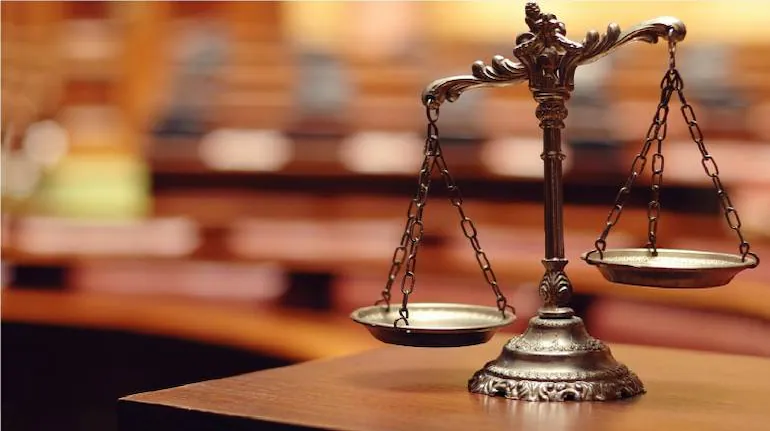



In 2014, a woman approached the Supreme Court seeking to transfer a case filed by her husband to a court in the state where her parents were based – a routine petition known as a Transfer Petition. Under Article 139A of the Constitution, only the Supreme Court has the power to transfer cases from one State to another.
These usually happen in criminal cases (a famous example is when, in the aftermath of the death of actor Sushant Singh Rajput, Rhea Chakraborty had sought transfer of the complaint filed by his parents against her, from Patna in Bihar to Bandra, Mumbai, where the incident took place. The Supreme Court ended up transferring the investigation to the CBI); and divorce cases, where often parties are staying in different states post their “break-up”.
How Marital Battles Reach Supreme Court
It is likely that the woman had sought the transfer on the ground that the latter court was already hearing three cases (one can speculate that these were for divorce and for domestic violence/cruelty) filed by her against the husband, and therefore, no purpose would be served by having parallel proceedings.
On the first date, the Supreme Court stayed the proceedings, and “issued notice” to the husband. Going by records of court proceedings, it took almost an entire year before the husband appointed a lawyer to defend the case. It appears that he then filed a different petition to transfer the three cases filed by the wife, to the court where he had originally filed his petition (the exact opposite of what she sought).
Now, interestingly (as recorded in the order from 2015), after the Supreme Court’s intervention, the parties resolved to drop cases against each other and the Court dissolved their marriage through a decree of divorce. But the question of whether the top court ought to have the power to be granting divorce, without a specific law permitting it to, was left to be decided as a question of Constitutional importance.
Article 142’s Helping Hand
Yesterday, a Constitution Bench of the Supreme Court answered yes. It decided that Article 142 (a unique provision found only in the Indian Constitution, which permits the Supreme Court to pass any order so as to do “complete justice” to any case that is pending before it) can be relied upon.
The above narration is important because one of the most common questions that is asked by common-folk is why the Supreme Court has any business getting involved in divorce cases, and why are divorces being granted so freely. On the other hand, if you spoke to somebody going through a divorce, you will know that obtaining a divorce is the most tedious of legal processes in India.
A contested divorce could take between three and five years. Often, because even family courts have such a large backlog, there is a gap of several months between each date of hearing.
Now imagine a person in their late twenties or early thirties, who seeks a happier married life. Or if you would like more specificity, take a couple that can’t agree on whether to have a child. Between the years of deciding whether the marriage can be saved, and the years it takes to obtain a divorce, it can be safely assumed one has lost their “prime years” in a vortex of negativity, while waiting for the slow wheels of the judiciary to turn.
The consequence is that often wives give up legitimate claims of alimony to “just get it over with”, and husbands are forced to concede custody of their children, only because the other side is being stubborn.
Reform Marriage Law, Unclog Family Courts
Yesterday’s judgment will not address this problem. For that, the laws around marriage need a thorough overhaul, and the judiciary needs severe capacity building (both problems not restricted to divorces).
What the judgment does is, if it is extremely clear that the marriage has irretrievably broken down, the Court will dissolve the marriage then and there. It should be seen as an act of kindness more than anything else.
It is important to remember that the Supreme Court, maybe even more than other courts, goes the extra mile to see if the couple can be reconciled, sometimes even arm-twisting an obstinate party to encourage them to give the marriage another chance. Therefore, the question of granting of divorce happens only when it is absolutely clear that there is no other solution.
Just as importantly, the present petition does not open the doors for persons to directly approach the Supreme Court to seek a divorce. In fact, the judgment explicitly states that petitioners can't approach the apex court directly for a decree of divorce. And in any case, the life-cycle of a petition in the Supreme Court is upwards of a year, so for those wanting to obtain a divorce through mutual consent, approaching the family courts might still be the better option.
If anything, this should open the conversation about practical considerations around divorce proceedings in modern times, where parties are often from different parts of the country; and where divorce proceedings are, more often than not, exploited by one of the parties as a final act of cruelty. Forcing couples to unhappily live together only adds to bitterness. Sometimes the consequences can be disastrous.
Abraham C Mathews is an advocate practising in the Supreme Court. Twitter: @ebbruz. Views are personal, and do not represent the stand of this publication.
Discover the latest Business News, Sensex, and Nifty updates. Obtain Personal Finance insights, tax queries, and expert opinions on Moneycontrol or download the Moneycontrol App to stay updated!